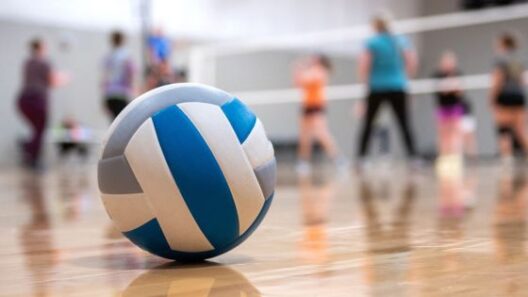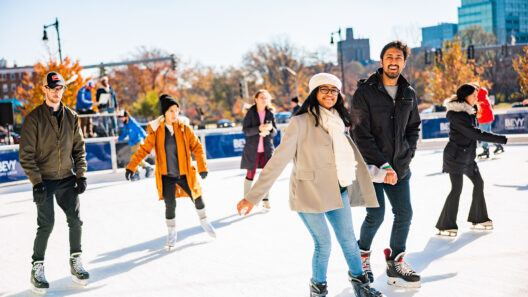Soccer is a sport defined by dynamic, intermittent movement. It is a game of quick bursts, rapid changes of direction, and sudden stops. Your ability to accelerate past a defender, quickly change direction to intercept a pass, or maintain top speed during a counter-attack can be the difference between a win and a loss.
Improving your speed and agility is about more than just running faster. It involves developing explosive power, refining movement mechanics, and enhancing your body’s ability to efficiently accelerate, decelerate, and change direction. This comprehensive guide will provide a structured approach to elevate these critical athletic attributes, giving you a significant competitive edge on the pitch.
The Science of Soccer Movement: Speed vs. Agility
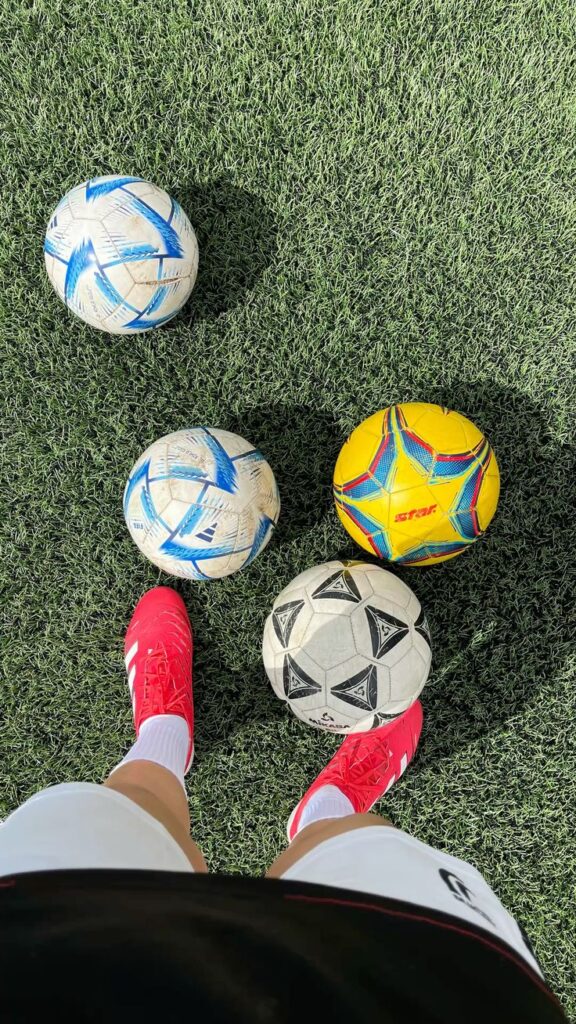
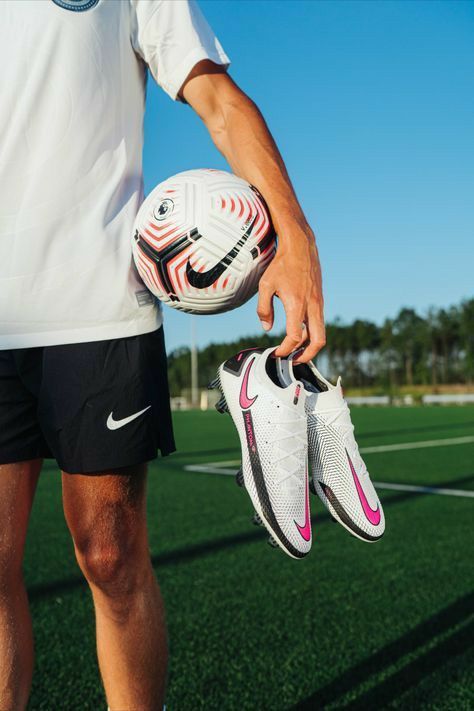

Before diving into the drills, it is essential to understand the specific physical qualities we are targeting.
Speed in soccer is primarily defined by your acceleration—the ability to reach your maximum speed quickly over a short distance. Analysis of professional matches shows that over 90% of sprints are shorter than 20 meters, meaning the first few steps are crucial.
Agility is the ability to rapidly and efficiently change the direction of your entire body in response to a stimulus (like an opponent’s move or a coach’s call). It is a combination of:
- Deceleration: The ability to brake quickly.
- Re-acceleration: The ability to explode into a new direction.
- Footwork and Body Control: Maintaining balance and a low center of gravity during the transition.
Expert analysis suggests that acceleration, maximum speed, and agility are relatively distinct physical attributes, meaning you need to train each one specifically for optimal results.
Phase 1: Building the Foundation (Strength and Power)

Speed and agility are fundamentally expressions of strength and power. Without a strong engine (your legs and core), you cannot generate the force needed for explosive movements. This phase focuses on building that foundational strength.
1. Lower Body Strength Training
Perform these exercises 2-3 times per week on non-speed/agility days. Focus on moving the weight explosively on the concentric (lifting) phase.
- Barbell/Dumbbell Squats: Build overall leg and hip strength. Focus on a full range of motion.
- Bulgarian Split Squats (or Lunges): Essential for single-leg strength, balance, and stability, mimicking the single-leg stance of sprinting and cutting.
- Romanian Deadlifts (RDLs): Develop strength in the posterior chain (glutes and hamstrings), which are the primary drivers of sprinting.
- Glute Bridges/Hip Thrusts: Directly target the gluteal muscles for powerful hip extension, key for acceleration.
2. Plyometrics (Explosive Power)
Plyometrics train your muscles to produce maximum force in a minimal amount of time, improving the efficiency of your stretch-shortening cycle (SSC).
- Box Jumps: Jump onto a secure box, focusing on minimizing ground contact time on the takeoff and landing softly. Start with a low box and increase height as power improves.
- Depth Jumps: Step off a low platform and, upon landing, immediately explode into a maximum vertical jump. This emphasizes reactive strength and quick ground contact.
- Lateral Bounds: Jump sideways off one leg, landing softly on the opposite leg. Immediately jump back to the starting position. This builds the lateral power needed for side-to-side movements and cutting.
- Tuck Jumps: Jump as high as possible, bringing your knees up to your chest. Land softly, ready for the next jump. This is a great drill for general explosive power.
Phase 2: Mastering Acceleration and Speed Mechanics
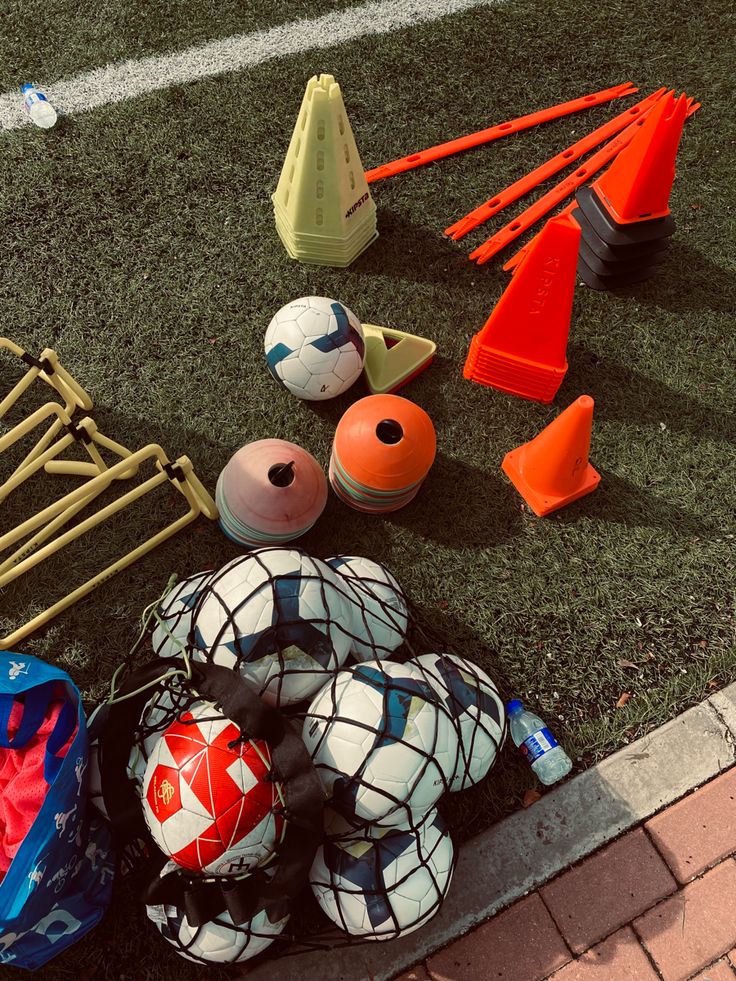

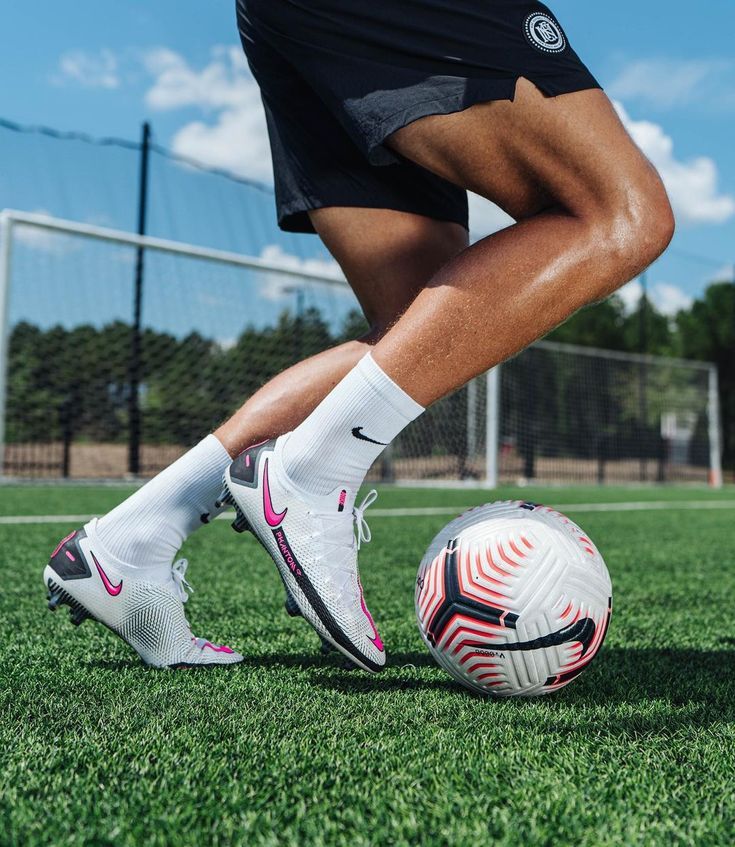
Soccer players must prioritize the acceleration phase (the first 10-20 meters) as this is the most common distance for a sprint in a match.
1. Acceleration Drills (0-20 Meters)
These drills teach you the proper body angle and force application for an explosive start.
- Falling Starts: Stand tall, lean forward until you naturally start to fall, and then explode into a sprint to catch yourself. This enforces a forward-leaning body angle for maximal horizontal force.
- Push-up to Sprint: Start in a push-up position. On command, push up and immediately sprint for 10-15 meters. This simulates getting off the ground quickly.
- Resisted Sprints (Sleds or Parachute): Sprint for 10-20 meters while pulling a light sled or wearing a parachute. The added resistance forces you to produce more power, improving your initial drive phase. Expert Tip: The resistance should be light enough that it does not significantly alter your running form.
2. Maximum Velocity Drills (Top Speed)
While less frequent, top speed is important for chasing down a ball or a breakaway.
- Flying Sprints: Place two cones 20 meters apart, with a 20-30 meter run-in before the first cone. You build speed during the run-in, hit top speed between the cones (the “fly zone”), and then gradually slow down. This trains your body to maintain maximum velocity.
- Hill Sprints: Running uphill naturally forces you into a more powerful, knee-driving position, improving running form and building leg strength. Sprint for 30-50 meters up a moderate incline.
3. Sprint Mechanics (Running Form)
Efficiency is key. Improving your form means less wasted energy and faster speed.
- High Knees (A-Skips): Focus on driving your knee up (not just flicking your foot up) and aggressively driving your opposite arm forward.
- Butt Kicks (B-Skips): Focus on rapidly driving your heel toward your glute, then aggressively extending your leg back down.
- Wall Drills: Lean against a wall at a 45-degree angle. Practice driving your knees up and pumping your arms, holding a perfect sprint posture.
Phase 3: Enhancing Agility and Change of Direction
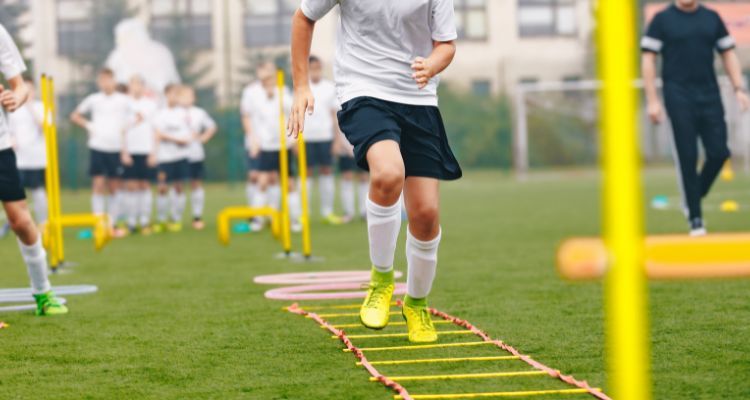
Agility drills should focus on rapid, efficient deceleration and re-acceleration in multiple directions.
1. Closed Agility Drills (Pre-Planned Movements)
These drills focus on mastering the mechanics of the cut and change of direction.
- T-Drill: Set up four cones in a “T” shape (one start cone, and three cones five yards apart forming the crossbar). Sprint from the start to the center cone, side-shuffle left, side-shuffle right, and then backpedal through the start cone. This works forward, lateral, and backward movement.
- Zig-Zag Sprints: Place 5-7 cones in a zig-zag line, 5-7 yards apart. Sprint from cone to cone, focusing on planting your outside foot hard to stop and push off into the new direction. Keep your center of gravity low.
- Box Drill (or Square Drill): Set up four cones in a 10×10 yard square. Sprint forward, side-shuffle, backpedal, and side-shuffle back to the start. Focus on quick foot plants and low body position at the corners.
2. Open/Reactive Agility Drills (Game-Specific)
True agility requires reacting to an unpredictable stimulus, just like in a game. These drills train the brain-body connection.
- Mirror Drill: Face a partner (or a coach) who moves randomly within a small grid (5×5 yards). Your goal is to mirror their movements precisely—starting, stopping, and changing direction when they do.
- Reaction Cone Drill: Place 5 numbered cones randomly in a 10×10 yard area. You stand in the middle. A coach calls out a number, and you must sprint, touch that cone, and return to the center as fast as possible.
- Gates/Cone-Call Sprints: Set up two “gates” (two cones 1 yard apart) 15 yards in front of you. A coach stands behind you and points left or right as you sprint. You must instantly cut through the called gate.
3. Footwork and Coordination Drills
Fast, light feet are essential for balance and quick changes.
- Agility Ladder Drills: Perform various patterns (e.g., one-in, two-in, Icky Shuffle, lateral shuffle) with maximal speed and precision. Crucial Insight: The ladder itself doesn’t make you faster, but it improves coordination, rhythm, and body awareness, which are vital components of agility. Focus on high-quality, quick steps, not rushing through mistakes.
- Cone Taps: Quickly tap both feet on top of a cone for 30-60 seconds, switching feet rapidly. This builds quick foot speed and calf endurance.
Phase 4: Integrating the Ball (Soccer-Specific Training)

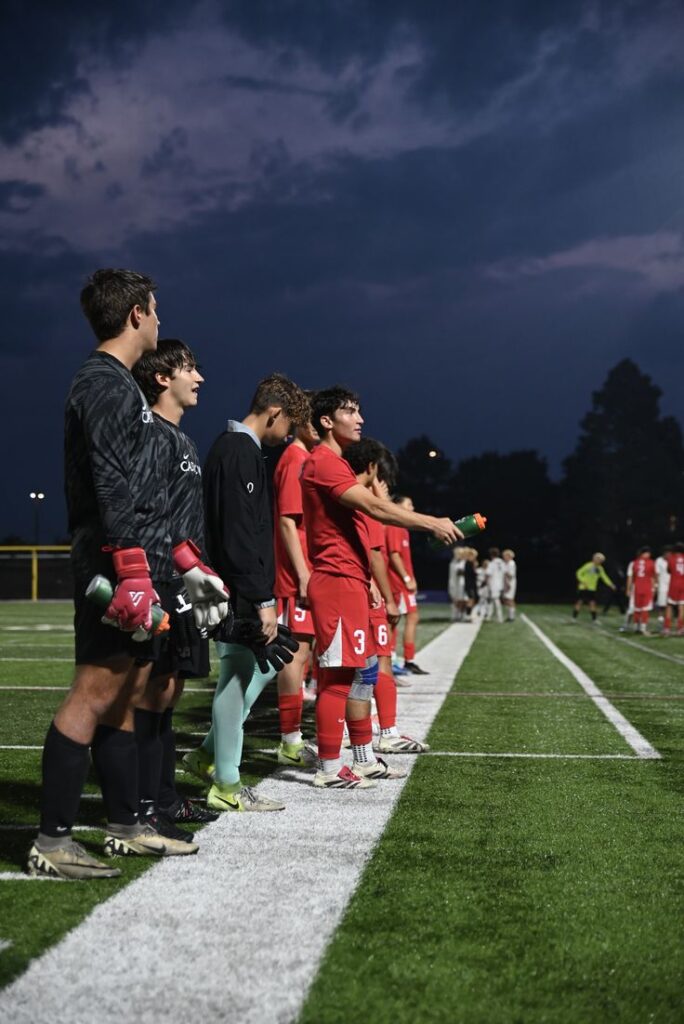

Speed and agility are useless in soccer if you lose the ball the moment you explode past a defender. This phase integrates all the previous work while maintaining close control of the ball.
- Slalom Dribbling: Dribble through a line of cones (5-10 feet apart) using the inside and outside of your foot. Focus on a high speed, sharp cuts, and minimizing the distance the ball travels away from your feet.
- Gate Sprint with Finish: Set up a cone gate 20 yards out. Dribble toward the gate, perform a sharp cut or skill move just before the gate (a sudden change of direction), sprint through, and immediately take a shot on goal. This links speed, agility, and a technical action.
- Dribbling Box Drill: Perform the Box Drill (sprint, shuffle, backpedal, shuffle) while keeping the ball tight to your feet. The challenge is controlling the ball while performing rapid, multi-directional movements.
- Small-Sided Games (SSG): Play 3v3 or 4v4 in a restricted space. The small area naturally forces high-intensity acceleration, quick decision-making, and constant changes of direction, closely mimicking the anaerobic demands of a real match. Expert Opinion: Many top coaches believe that the most effective way to train soccer-specific agility is through drills and games that incorporate decision-making and the ball.
Sample Weekly Training Structure
Consistency is the most important factor. Structure your week to allow for high-quality, high-intensity work followed by adequate recovery.
| Day | Focus | Type of Training | Duration |
| Day 1 | Explosive Power & Acceleration | Plyometrics (Box Jumps, Lateral Bounds) + Acceleration Drills (Falling Starts, Resisted Sprints) | 45-60 min |
| Day 2 | Agility & Change of Direction | Agility Drills (T-Drill, Zig-Zag) + Reactive Drills (Mirror Drill, Cone-Call) | 45-60 min |
| Day 3 | Strength & Recovery | Lower Body Strength Training (Squats, RDLs) + Low-Intensity Recovery (Stretch/Foam Roll) | 60-75 min |
| Day 4 | Speed-Endurance & Ball Work | Flying Sprints + Soccer-Specific Agility with Ball (Slalom, Gate Sprint) | 60 min |
| Day 5 | Game Simulation & SSGs | Small-Sided Games (3v3/4v4) for decision-making and repeated high-intensity effort. | 60-90 min |
| Day 6 | Active Recovery | Light jog, swim, yoga, or full rest. | 30-45 min |
| Day 7 | Match Day or Full Rest |
Conclusion: Become the Complete Player
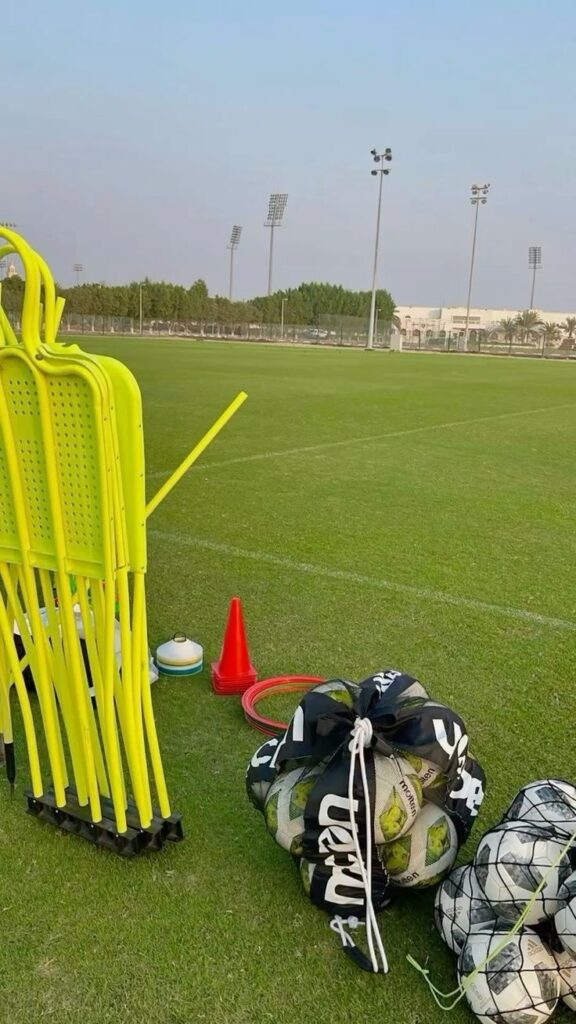
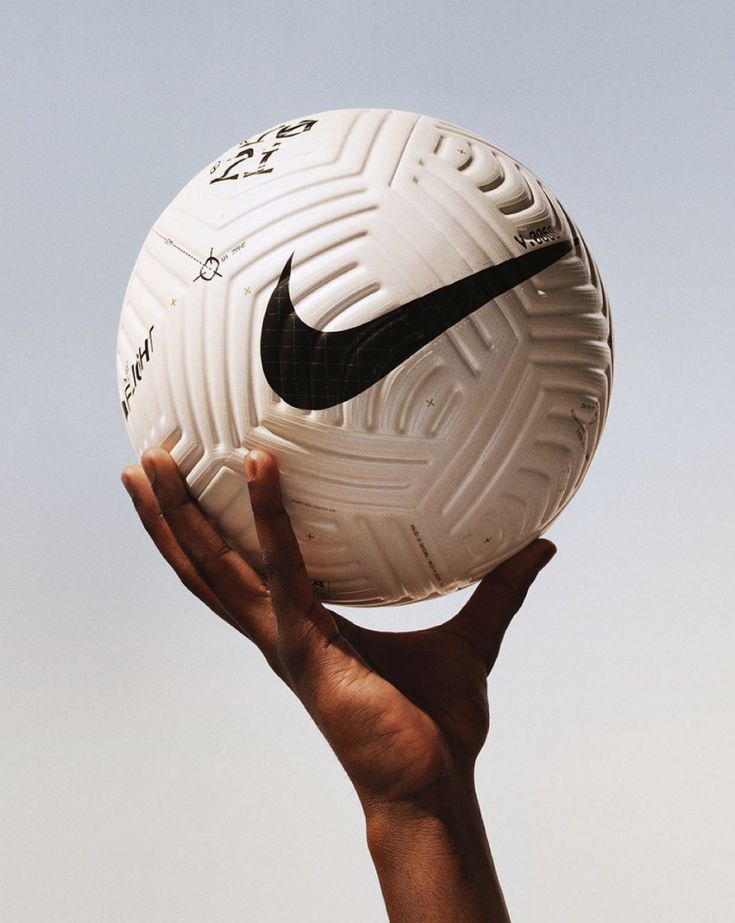
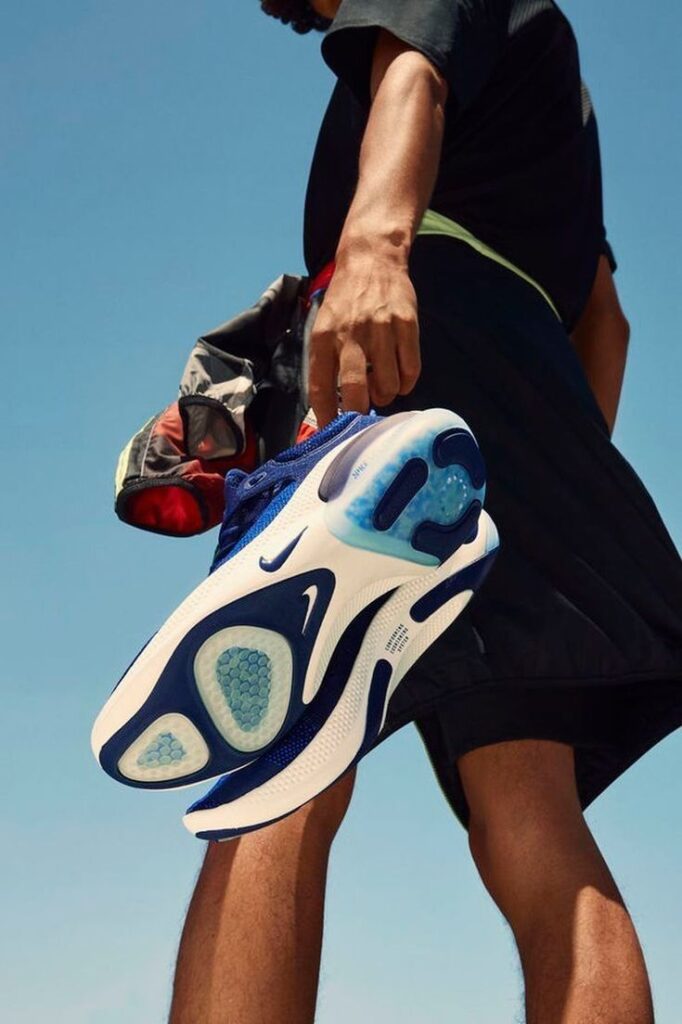
Improving your speed and agility for soccer requires a holistic, dedicated approach. It is a journey that combines the raw power of the weight room, the precision of speed mechanics, the quickness of agility drills, and the intelligence of game-specific decision-making. By committing to this comprehensive program, you are not just getting faster; you are becoming a more efficient, explosive, and complete footballer. Start training smart today and watch as your ability to dominate the crucial moments of the game dramatically improves.
Take Action Now: Select three drills from the Agility & Change of Direction section and integrate them into your warm-up routine for the next three weeks. Focus on perfect technique before chasing speed.
Frequently Asked Questions (FAQ)
Q: How often should I train for speed and agility?A: Aim for 2-3 dedicated sessions per week. These should be high-quality, high-intensity workouts. Crucially, speed and agility training should be performed when you are fully rested (e.g., at the beginning of a training session) to ensure maximum effort and focus on mechanics.
Q: Should I do speed and agility training before or after practice?A: Always do speed and agility work before technical practice or conditioning. Because these drills require maximum effort and focus on technique, performing them while fatigued will lead to poor form and increased injury risk. Treat them like a priority.
Q: Is strength training really necessary for speed?A: Absolutely. Strength is the foundation of power, and power is the foundation of speed and agility. Stronger muscles allow you to push harder into the ground, leading to greater acceleration and deceleration force. Research indicates that developing lower-body power through strength training is essential for explosive movements.
Q: What is the most important factor in a good change of direction?A: Deceleration (the ability to stop) and planting technique. To change direction quickly, you must first stop your momentum efficiently. A quick, hard plant of the foot, often with a slight lean and a low center of gravity, is what allows you to absorb force and then explode into the new direction.
Q: How long does it take to see results?A: You can often see improvements in coordination and movement technique within 2-4 weeks. Significant gains in raw speed and power (measurable by stopwatch) usually take a consistent training commitment of 6-12 weeks, as it takes time for your nervous system to adapt.

